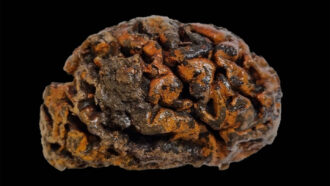American democracy arrived long before Columbus did
Native peoples developed self-rule long before the pilgrims or U.S. Constitution
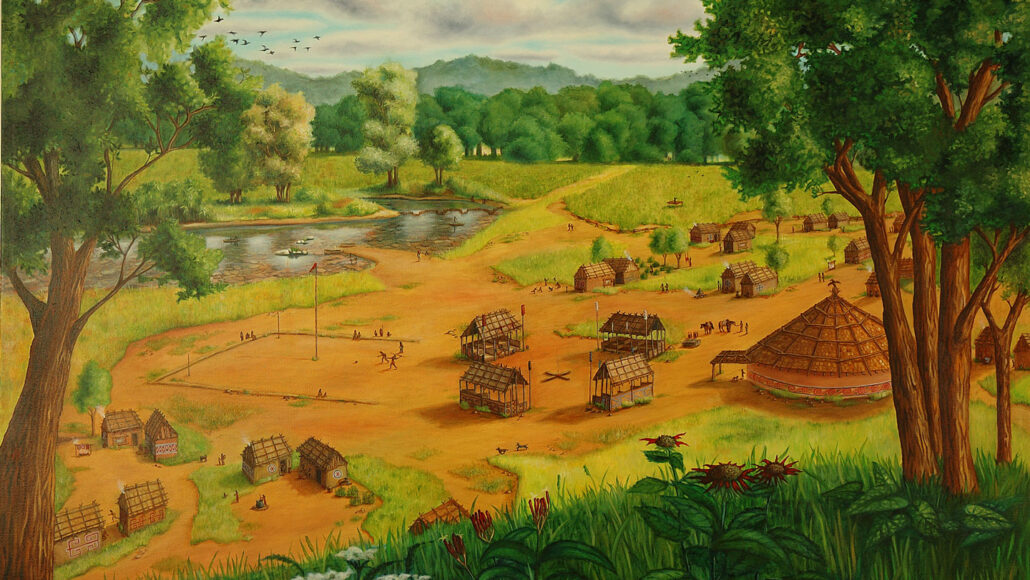
This historically informed painting depicts a Muscogee (Creek) village in the 1790s. It includes a winter council house, far right, next to a square ground bordered by four clan structures. Muscogee people have practiced democratic decision making in similar council houses for at least 1,500 years, researchers say.
Dori DeCamillis
By Bruce Bower
It’s a sunny summer day in Georgia. Boats pull waterskiers across Lake Oconee, a reservoir east of Atlanta. For those without a need for speed, fishing beckons.
But hidden beneath those waters is something special. It’s the remains of a people who practiced democracy since around 500 A.D. That’s some 1,000 years before Christopher Columbus “discovered” North America. And it’s almost 1,300 years before the United States’ Founding Fathers set up a Constitution and way of governing.
With the building of a nearby dam, the reservoir’s waters flooded the valley in 1979. Those waters now partly cover remnants of a 1,500-year-old plaza. An ancient community had built flat-topped earthen mounds here. At least three large, round buildings had bordered this plaza. Such structures have been linked to communities that governed themselves and made decisions as a group. It was an early form of democracy. And signs of this social structure have shown up at other ancient sites in the U.S. Southeast. Some date back nearly 1,000 years.
The site beneath the Oconee reservoir is now known as Cold Springs. Artifacts were found there before the valley was flooded. Now, studies of those artifacts push back the origin of democratic governing in the Americas by several centuries. This research was led by Victor Thompson. He’s an archaeologist at the University of Georgia in Athens.
His team shared its findings May 18, 2022, in American Antiquity.
Such research offers evidence that democracy wasn’t purely a European invention. Similar group-governing emerged in many parts of the world. And that includes Native American societies in what’s now Canada, the United States and Mexico.
This comes as no surprise to American Indigenous groups. Native peoples in the Americas have been trying to convey this for centuries, says S. Margaret Spivey-Faulkner. She’s an archaeologist at the University of Alberta in Canada. She’s also a citizen of the Pee Dee Indian Nation of Beaver Creek. That’s in South Carolina. Many native communities, she notes, “have long-standing institutions [of] democratic and/or republican governance.”
Democratic innovations
Democracy generally refers to rule by the people. Typically, people elect others to represent their interests. The United States is a democracy. Greece pioneered this form of government around 2,500 years ago. It then spread elsewhere in Europe. Many people have argued that democratic governments didn’t exist in the Americas until Europeans arrived.
But that idea is misguided, says Jacob Holland-Lulewicz. He’s an archaeologist. He works at Pennsylvania State University in State College. He’s also a coauthor of the report on the Cold Springs site. Long before Columbus, he says, many Indigenous societies let communities govern collectively. And they were able to do this without kings or ruling chiefs.
There is a long history of this type of community decision-making. These arrangements go back thousands — and probably tens of thousands — of years. And they did so in many parts of the world. Doing so kept any one person from amassing too much power and wealth.
But only in the past 20 years have researchers begun to seriously consider such claims. Informed by Indigenous partners, science will unveil past political realities that “most of us in Indian country take for granted,” Spivey-Faulkner says.
Early consensus
A finding by Thompson’s team at the Cold Springs project points to the early value of consensus: a value or decision arrived at by most people in a group.
Ancestors of today’s Muscogee (Creek) people built structures throughout their homeland. The area stretched across a big chunk of what is now the U.S. Southeast. When European settlers arrived, they wanted to farm some of this land. So the early U.S. government entered into a series of treaties with the Muscogee. These allowed settlers into some of this land. Over time, the settlers wanted more and more land to farm. Treaties shrunk the area reserved for the Muscogee and other tribes.
Eventually, in the 1830s, the U.S. government forcibly evicted the Indigenous peoples who were still here and sent them to lands west of the Mississippi River. This ended their democratic self-government. Their infamous relocation came to be known as the Trail of Tears.
Three members of the Muscogee Nation helped author the Cold Springs study. All three work at their nation’s Department of Historic and Cultural Preservation. It’s in Okmulgee, Okla. This trio provided other researchers with first-hand knowledge of Muscogee society. Even today, Muscogee councils make decisions based on a consensus. Those agreements emerge through open debate. The Muscogee members told researchers that this style of governing comes from a tradition that goes back hundreds of generations.
Since the 1970s, researchers have found some evidence for this form of government at the Cold Springs site. They found it in materials there — some up to 1,500 years old. From roughly 500 A.D. to 700 A.D., Thompson’s team learned, Indigenous people had erected earthen mounds here. Those ancients also built at least three council-style roundhouses. Several of their smaller structures may have been used for temporary housing during meetings and ceremonies.
Small communities, spread across the Oconee Valley, formed tight-knit social networks. These were known as clans. Thompson’s group now suspects that clans gathered at council houses (such as those at Cold Springs) through the 1700s. Spanish expeditions came through the region from 1539 to 1543. Many people had assumed that the Spanish caused a collapse of those societies and their traditions. But this was not the case, the researchers now argue.
And research at another Muscogee site supports that view.
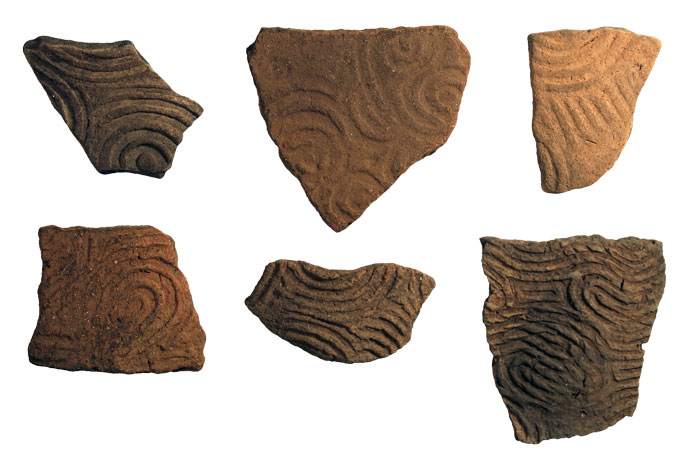
That site is called Dyar. It, too, sits in the Oconee Valley. A square ground near Dyar includes remains of a council house. Activity there began as early as 1350. It continued until about 1670. This was about 130 years after the Muscogee’s first encounters with the Spanish. Holland-Lulewicz and colleagues reported this finding in the October 2020 issue of American Antiquity.
Spanish historians had mistakenly assumed that powerful chiefs ran Indigenous communities. Many researchers also had wrongly assumed that starting around 1,000 years ago, chiefs had all the power in these villages.
Today, members of the Muscogee Nation in Oklahoma gather — sometimes by the hundreds or more — in circular structures. These, too, are called council houses. And here, the people still reach consensus about community issues. Council houses typically border public squares. That’s a modern-day parallel to the story being told by the ancient structures at Cold Springs.
“Muscogee councils are the longest-surviving democratic institution in the world,” Holland-Lulewicz concludes.
Indigenous influencers
The early Muscogee people weren’t alone in supporting group rule. Across North America, Indigenous peoples were building societies that had no kings or central national governments. Holland-Lulewicz and his colleagues reported this March 11, 2022, in Frontiers in Political Science.
People from households, clans and religious societies (to name a few) met as equals. They followed common rules to air their opinions. They hammered out decisions. These might have had to do with anything from distributing crops to resolving disputes.
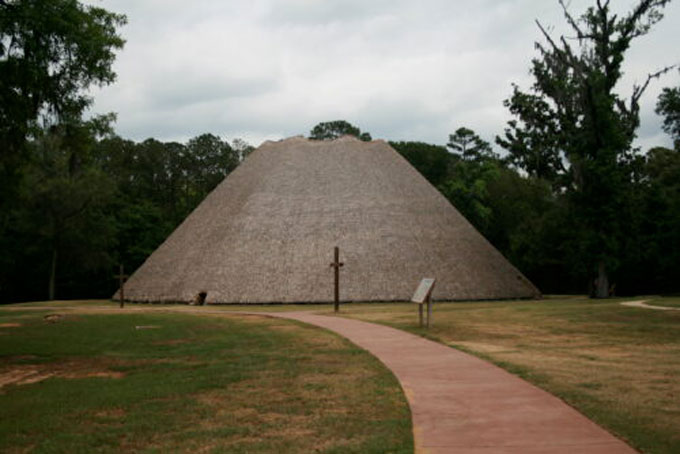
Consider this example from the early 1600s. Native peoples in northeastern North America — the Wendat (Hurons) and Haudenosaunee — had formed alliances. Those alliances were known as confederacies, notes Jennifer Birch. She’s a University of Georgia archaeologist. The peoples were governed through negotiations among clans. Clans were made of people from across society. Clan membership was inherited from mother to child.
Clans were — and still are — the social glue holding these peoples together. Residents of different villages or nations could belong to the same clan. This created a network of social ties. Excavations of Indigenous villages in eastern North America support this. They suggest that the earliest clans date to 3,000 years ago or more, Birch says.
Within clans, men and women held separate council meetings. Some councils addressed community affairs. Others addressed military and foreign policy. This typically happened after receiving advice from senior women in a clan.
Decisions hinged on negotiation and consensus. A member of any one clan had no right to interfere in the affairs of any other clan. Members of villages or nations could accept (or reject) a clan leader to represent them in their council. Clans also could join forces to pursue political or military goals.
Kandiaronk was a Wendat chief from the late 1600s. He was a philosopher and statesman. Some researchers today suspect he influenced ideas about democracy among people in France and elsewhere. Researchers now debate whether writers of the U.S. Constitution also had been influenced by the confederacy to which Kandiaronk’s people belonged. However, the U.S. Constitution stresses individual freedoms. Indigenous systems instead address as a group how to manage their lands, water, animals and people.
Anti-Aztec equality
One of the most interesting examples of democracy emerged around 700 years ago in what is now central Mexico. There, groups had allied themselves against the Aztec Empire. These native peoples came together in a multi-ethnic confederation of villages. It was called Tlaxcallan. A densely occupied city emerged there with the same name. When Spaniards arrived in 1519, they wrote of Tlaxcallan as a city without kings, rulers or wealthy elites.
Until the last decade, Mexican historians had argued that Tlaxcallan was not a city. They called it a minor settlement. They dismissed what Spanish historians had written. But opinions have now changed. Lane Fargher is an archaeologist. He works in Merida, Mexico, at the Center for Research and Advanced Studies of the National Polytechnic Institute. He’s part of a team that has studied what remains of Tlaxcallan structures. Those studies reveal a much larger and denser settlement than had been suspected.
This ancient city covers a series of hills, Fargher says. People there had carved large terraces out of hillsides. These supported homes, public structures, plazas, earthen mounds and roads. By the early 1500s, some 35,000 people lived in the area. It covered only about 4.5 square kilometers (1.7 square miles).
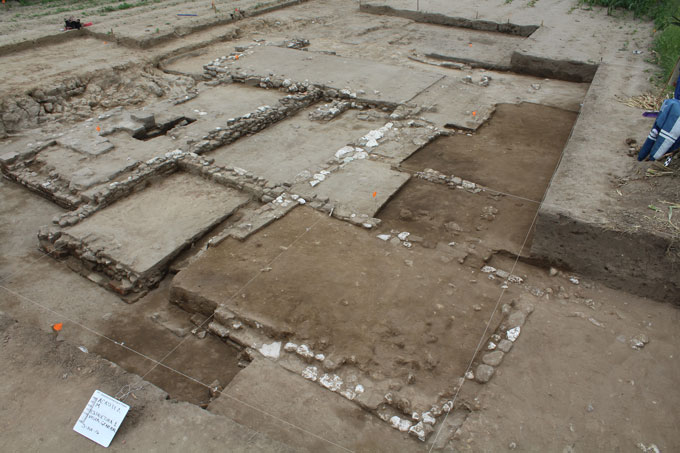
Artifacts from its plazas show that those open spaces hosted businesses. Political and religious activities also took place there. Houses clustered around the plazas. Even the largest homes were not very big.
Evidence there suggests all Tlaxcallan folks could participate in governing. Anyone known to provide good advice on local issues could be elected to a citywide council, or senate. As many as 4,000 people attended local council meetings. There they discussed important issues, such as whether to launch battles, Fargher says.
People chosen for council positions had to endure a public ceremony. In it, they were stripped naked, shoved, hit and insulted. This was a reminder that they served the people. Political officials who grew too wealthy could be publicly punished, replaced — even killed.
Yet Tlaxcallan was no paradise. Women, for instance, had limited political power. That’s because military service was usually the main route into government. But in many ways, political participation at Tlaxcallan equaled or exceeded that of the democracy in ancient Greece. All Greeks could gather in public spaces to speak freely about politics. But in their society, commoners and the poor could not hold the highest political offices. And here, too, women were excluded. Fargher and his team shared what they learned March 29, 2022, in Frontiers of Political Science.
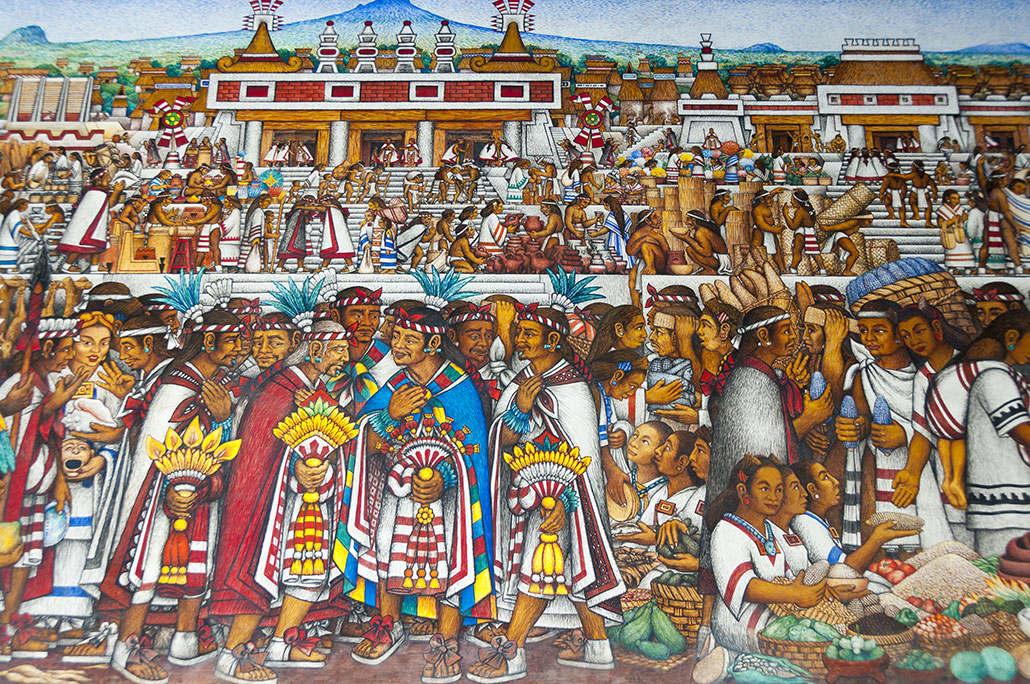
Tlaxcallan aligned itself with Spanish conquerors against their common enemy: Mexico’s Aztec empire. Then, in 1545, the Spanish divided Tlaxcallan into four parts. That ended what had been its style of democratic rule.
This story illustrates, Fargher says, that when people are governed by systems that broadly distribute power, those systems may not last. People tend to be bad at building and maintaining democratic governments, he says.
But looking into the ways that past societies have experimented with democracy is good, Holland-Lulewicz adds. It may inspire reforms to modern democratic nations. Many of these places face growing income inequalities and a distrust of authority. He suggests that people in stressed democracies could learn more about power-sharing from Indigenous societies.







